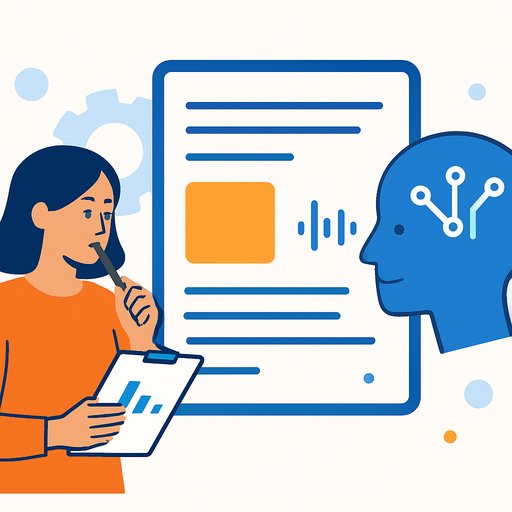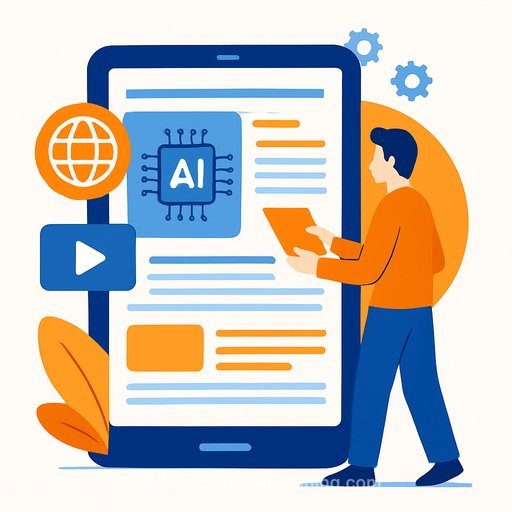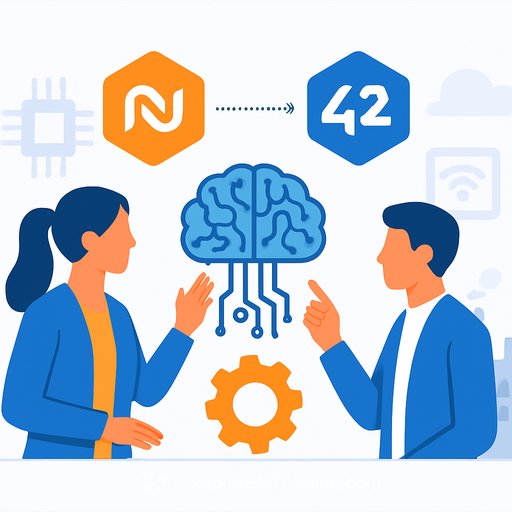AI Transformation: What Product Teams Need to Win
AI is now a core driver of growth, design, and competition. The UN Trade & Development report projects the global AI market will expand from $189 billion in 2023 to $4.8 trillion by 2033, with most gains concentrated among about 100 companies dominating patents, research, and investment. For everyone else, the edge won't come from hype. It will come from structure, governance, and tight integration into everyday work.
That's the shift underway at Infinum. The company integrates AI across the product lifecycle so teams move faster, stay aligned, and make smarter calls. The difference isn't tools. It's how those tools are wired into process, accountability, and decision-making.
The Adoption Gap: Usage Is High, Maturity Is Low
McKinsey's latest data is blunt: 78% of companies use AI in at least one function, and 71% work with generative tools. Yet only 1% say their AI programs are mature. Just 21% have redesigned workflows around AI, and fewer than 20% track measurable outcomes.
The result: pilots everywhere, integration almost nowhere. Larger organizations (>$500M revenue) are pulling ahead by centralizing governance, hiring for data and ethics, and building clear oversight. Smaller teams tend to treat AI as a side project, and they stall.
UNCTAD's market outlook sets the opportunity. McKinsey's State of AI shows the execution gap. Your job is to close it inside your org.
Where AI Actually Pays Off
According to Infinum, the gains show up where AI meets real work and leadership is involved. Here's what that looks like:
- Speed: Automated research and prototyping cut delivery times by up to 40%.
- Insight: AI-driven analytics help teams decide faster and with more confidence.
- Alignment: Shared systems connect design, engineering, and product, reducing friction and rework.
- Leadership: Clear direction and accountability make sure AI supports people, not the other way around.
As one product leader at Infinum put it, AI connects ideas to execution, but leaders set the conditions that make those connections stick. Trust the system, trust the people, then let the tools do their job.
Make AI Spending Count
The $4.8 trillion market won't save teams who chase volume over process. Focus here:
- Start with measurable goals: Define success before you build. Examples: cycle time -30%, support cost -20%, NPS +5.
- Keep governance visible: Assign owners for data, model choice, security, and ethics. Review decisions in the open.
- Target friction points: Use AI where complexity or repetition drags teams down-research synthesis, test coverage, backlog grooming, QA triage.
- Protect quality with human review: Pair AI output with expert checks. Keep creativity and context intact.
Operate Like This, Not Like That
- Do: Embed vetted tools into research, design, development, and testing. Document standards and prompts. Train teams on when to use what.
- Don't: Let pilots live in silos. Avoid shadow tools. Don't push AI into work that isn't a bottleneck.
At Infinum, AI and data engineering teams wire machine learning through the product flow-discovery to delivery-so work speeds up without losing reliability. The point isn't novelty. It's dependable output at higher throughput.
A Clear Operating Model Beats Hype
Structure decides who wins. Whether budgets climb or stall, the advantage goes to teams that can make AI work every day-inside roadmaps, rituals, and releases. That's the bar clients will expect by default. Infinum is moving in that direction with new strategic collaborations, including joining the Microsoft AI Partner Tier.
Your Next Steps
- Pick two high-friction workflows and redesign them with AI in mind (RACI, tools, metrics, review cadence).
- Set a quarterly AI scorecard: delivery time, defect escape rate, unit cost, and employee adoption.
- Stand up an AI Council: product, design, engineering, data, security. Meet biweekly. Publish decisions.
- Run teach-backs so teams share what worked, what failed, and the playbooks they're keeping.
If you need a structured way to upskill your team across roles, explore curated options by job function at Complete AI Training.
The Bottom Line
The market is huge, but the winners are the ones who turn AI from a collection of tools into a consistent way of working. Treat AI as part of your operating system-goals, governance, integration, and review. That's how you turn ambition into outcomes and keep your product team ahead of the curve.
Your membership also unlocks:






